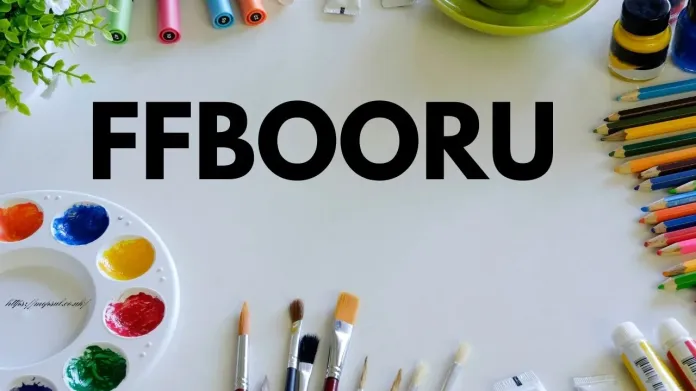When people come across the word ffbooru, they often wonder what it means, how it works, and why it keeps appearing in discussions related to creative platforms. Although the term may sound unusual, it carries an important role in the digital space where communities share ideas, art, and expressions. This article will break down the concept in a simple way so that anyone can understand its purpose, use, and potential.
Introduction
The internet is full of communities built around unique themes, and ffbooru is one such example. At first glance, the name might appear mysterious, but in reality, it represents a hub where creativity and information meet. Rather than being a random term, it refers to a system where images, tags, and user interactions shape the way content is stored and shared.
Understanding ffbooru helps us look deeper into how online networks are organized and how different groups make use of technology to express themselves. In this article, we will explore the background, structure, and influence of this platform-style concept.
Meaning
So, what exactly is ffbooru? In its simplest sense, it can be thought of as a platform where users can upload, organize, and explore visual or creative works. The name combines elements that suggest both freedom and categorization. Users can search through tags, add their own ideas, and connect with others through contributions.
This makes ffbooru more than just a storage system. It becomes a living library of images and ideas shaped by the people who engage with it.
Structure
The structure of ffbooru is one of its most fascinating aspects. Unlike traditional image-sharing sites, this kind of system often revolves around tags. Tags act as labels that guide users to find exactly what they are looking for.
For example, if someone searches for a particular theme, the tagging system directs them to all related results. This simple yet powerful design makes ffbooru user-friendly and efficient for exploring vast collections of work.
Creativity
One of the biggest reasons people enjoy using ffbooru is the freedom it gives to creative individuals. Artists, writers, and enthusiasts can contribute their own material while also discovering what others have made. Instead of being limited to a small audience, contributors gain visibility through tagging and community-driven sharing.
This kind of platform removes barriers and encourages experimentation. Every upload can inspire new conversations or lead to entirely fresh creative projects.
Community
A unique strength of ffbooru is the way it fosters community interaction. Users do not just browse in silence; they participate. They tag, comment, and sometimes collaborate on shared themes. Over time, this transforms the platform into more than just a tool—it becomes a gathering space.
The sense of belonging motivates people to continue contributing. The community-driven approach makes ffbooru sustainable and vibrant, even as trends shift in the digital landscape.
Organization
Organization is often what separates a successful platform from one that quickly fades away. With ffbooru, the focus on tags and categories ensures that users can locate specific content without frustration. The ability to refine searches makes exploration smooth, even when the library grows large.
This organized framework turns what might otherwise be chaos into an orderly system where everyone can benefit. For both casual visitors and dedicated contributors, this structure creates a sense of reliability.
Influence
The influence of ffbooru extends beyond its own community. By showing how tagging and open sharing can work effectively, it inspires other platforms to adopt similar systems. In many ways, it demonstrates how decentralized, user-driven models can thrive in the digital age.
Artists find inspiration. Researchers find examples. Enthusiasts find like-minded individuals. This broad impact highlights the value of community-centered sharing systems.
Challenges
Like any platform, ffbooru faces challenges. Maintaining quality while allowing open contribution can be difficult. Some users may misuse tags, while others may upload inappropriate or low-quality content. The community usually develops rules and moderation methods to address these issues.
Balancing freedom with responsibility is key. For a system like ffbooru to remain effective, users must respect guidelines while still feeling free to create.
Future
Looking ahead, ffbooru has potential to grow further as digital sharing continues to expand. With advancements in technology, such platforms could integrate artificial intelligence for smarter tagging, improved search functions, or even personalized recommendations.
The spirit of collaboration and creativity will likely remain at the core. As long as people value expression and connection, systems like ffbooru will continue to evolve.
Conclusion
In summary, ffbooru represents more than just a word—it represents a model of creativity, organization, and community. Through its tagging system, structure, and user-driven approach, it shows how online platforms can thrive when people come together to share ideas.
By exploring this unique system, we gain insight into the ways digital communities form, grow, and influence the larger online world. Whether you are an artist seeking visibility, an explorer searching for inspiration, or simply curious about digital culture, ffbooru provides a glimpse into the creative heart of the internet.
